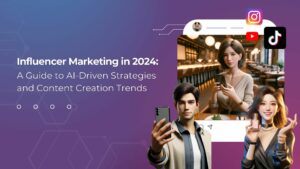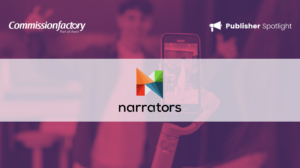It’s no secret that Valentine’s Day is a commercial juggernaut: from restaurants, hotels, retailers, florists — a lot of businesses stand to make a killing during this ‘Hallmark holiday’ that is traditionally targeted towards couples. And if you want an idea how big it is: In the US, Valentine’s Day sales reached an all-time high of $20.1 Billion in 2018 and is expected to be even higher this 2019.
Social Media Landscape for Valentine
But with the changing social media landscape comes a shift in consumer behavior. As millennials now hold off on marriage and delay getting into long-term relationships, more people are buying gifts for their friends (or themselves) in place of significant others. In a US survey conducted within the last five years, people now also buy Valentine gifts for their family members (59.4%), friends (21.7%), teachers (20.4%) and colleagues (12.1%).
It’s pretty clear that Valentine’s Day is no longer just for couples as it is has now become a holiday that allows you to celebrate people that you love whoever they maybe. And from our perspective, this gives marketers a bigger sandbox to play around in. It takes effort and strategic thinking to reach the audience you would like in a heavily commercialized ‘event’ such as Valentine’s, and the fun part is it’s no longer just limited to flowers, candy and expensive dinners.
Now that the holiday is increasingly becoming inclusive, marketing campaigns have to follow suit. It is now wise to promote experiential gifts for family and friends, or self-love indulgences for those proudly single people who want to treat themselves. You can also promote gifts for the platonic loves of our lives: the BFFs who have been with us since day one. The possibilities are now almost endless, and it’s worth noting one additional trend: 50% of consumers use social media to assist them in Valentine’s Day purchase decisions.
Build your success on Influence Marketing
Brands have experienced success marketing on Valentine’s this way. In 2017, Nina Ricci ran their “Best Friends Over Boyfriend” campaign with artist Ana Strumpf, wherein an online content generator allowed Nina Ricci-branded emojis by Strumpf to be placed within photos submitted by their followers. These photos depicted best friends celebrating Valentine’s’ Day together, which were then uploaded on these users’ social media accounts. Not only did it depict a powerful message about the holiday, it was also able to tap into the micro-influencer community that could bring many new people into the brand.
Remember that any good Valentine’s day marketing strategy should create a strong emotional connection between the brand and consumer as it is a holiday that celebrates love. Strong feelings always come from a genuine place, and here at Narratrs, we are proud to offer authentic storytellers who can create that connection for brands and consumers.
Work with us and create emotive thematic campaigns through the voices of our global community of influencers.








